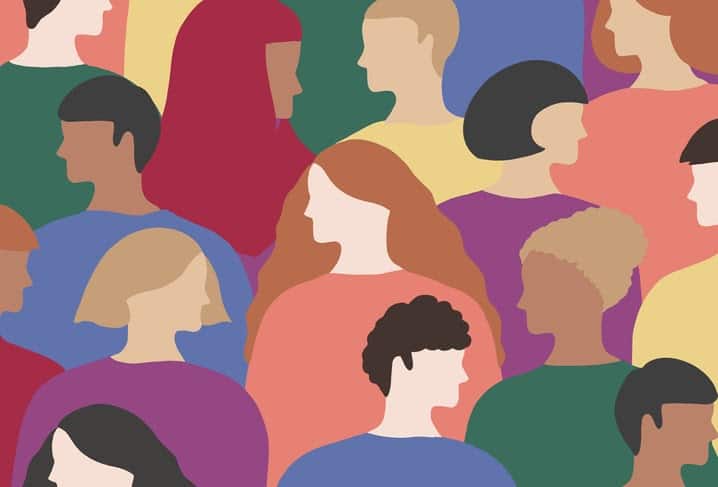In our last several blog posts, we’ve shared the personas that we generated using interview data analyzed through a qualitative coding process. While each working learner that we interviewed has their own unique story, we used persona development to find patterns across these stories. By presenting each persona as a person, we’ve arrived at empirically generated depictions of the lives of working learner participants.
Alimayu: College-educated retail worker learning English
Neberu: Working to feel comfortable interacting with English speakers
Elise: Juggling Work, Required Training, and Long-Term Goals
Regina: Healthcare worker seeking to establish a career
Dani: Front-Line Supervisor Paid Hourly Seeking Certification for Advancement
A colleague asked us a thoughtful and compelling question – why did we create the personas and how do these personas help employers, human resources staff, people working in workforce education, and those in adult education? We wrote this blog post to address those questions.
Why did we create these personas?
When we originally reviewed what had been written about working learners, we saw that articles and reports tended to refer to them as if there was one monolithic archetype. Our interviews with working learners across the country quickly made it clear that a reductivist description of “working learners” as a singular group is insufficient; we needed another way to talk about them. Personas, which are commonly used in the instructional design field and in product marketing, seemed to be a useful tool for organizing our findings and describing our study participants based on shared characteristics.
Additionally, we found that many reports described working learners in relatively passive terms. That is, working learners responded to actions put in place by organizations. In our interviews, we found that working learners have agency. They make strategic choices about how to spend their temporal and financial resources based on their circumstances, needs, goals, and aspirations. The personas we’ve written demonstrate the ways working learners are agentive and strategic.
We want to center the voice of working learners in a learning ecosystem by understanding their personal experiences participating in employer-supported learning opportunities and as told in their own words. Personas allow us to create a compelling and approachable representation of our aggregated interview data, both to understand what our data are telling us and as a way to share our findings with the field.
Why is this important?
One of our goals in this work has been to understand working learners, so we can better understand what motivates and supports their participation in employer-supported learning opportunities. This information can be used to better align these learning opportunities with the needs, interests, and goals of working learners. But, before we could discuss characteristics of ecosystems that benefit them, we needed to make clear who the learners are.
The personas that we’ve developed show how different learners fit into the available learning opportunities in different ways and for different purposes. In other words, the programs we have investigated are each best aligned to the needs of a particular type of learner and our personas reveal the tensions and/or alignment for different learners. For some working learners, such as Elise, the design of the program was suitable and aligned with her goals. However, other working learners, such as Alimayu and Regina, needed to bend to make the learning feel relevant and useful. Dani took time to complete many different learning opportunities, but the learning in which she invested herself didn’t lead to a promotion or to a supervisory position. Finally, Neberu participated even though the workplace ESOL class he enrolled in didn’t fully satisfy his language learning needs. Understanding these tensions and alignments for different learners is an important step in defining the characteristics of learning opportunities that meet learners’ needs and expectations.
The bottom line is that we have to know who learners are and what they need. Educational programming needs to be aligned with the breadth of motivations and goals of potential participants or risk not being a good fit for many working learners. In other words, courses and programs that only work for a narrow subset of potential learners may result in a mismatch between learners’ goals and employers’ goals. The cost of this mismatch is high; working learners miss out on opportunities, and employers don’t benefit from the potential of their workers. This mismatch may also build in systemic inequality. Those who can take advantage of employer-sponsored learning opportunities are different than those who can’t, and the differences often fall along racial, ethnic, gender, and linguistic lines, serving to perpetuate an exclusionary system despite the best intentions of all involved.




